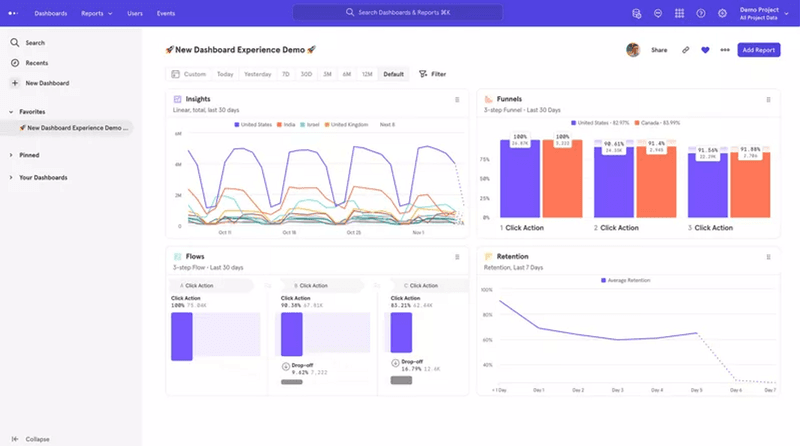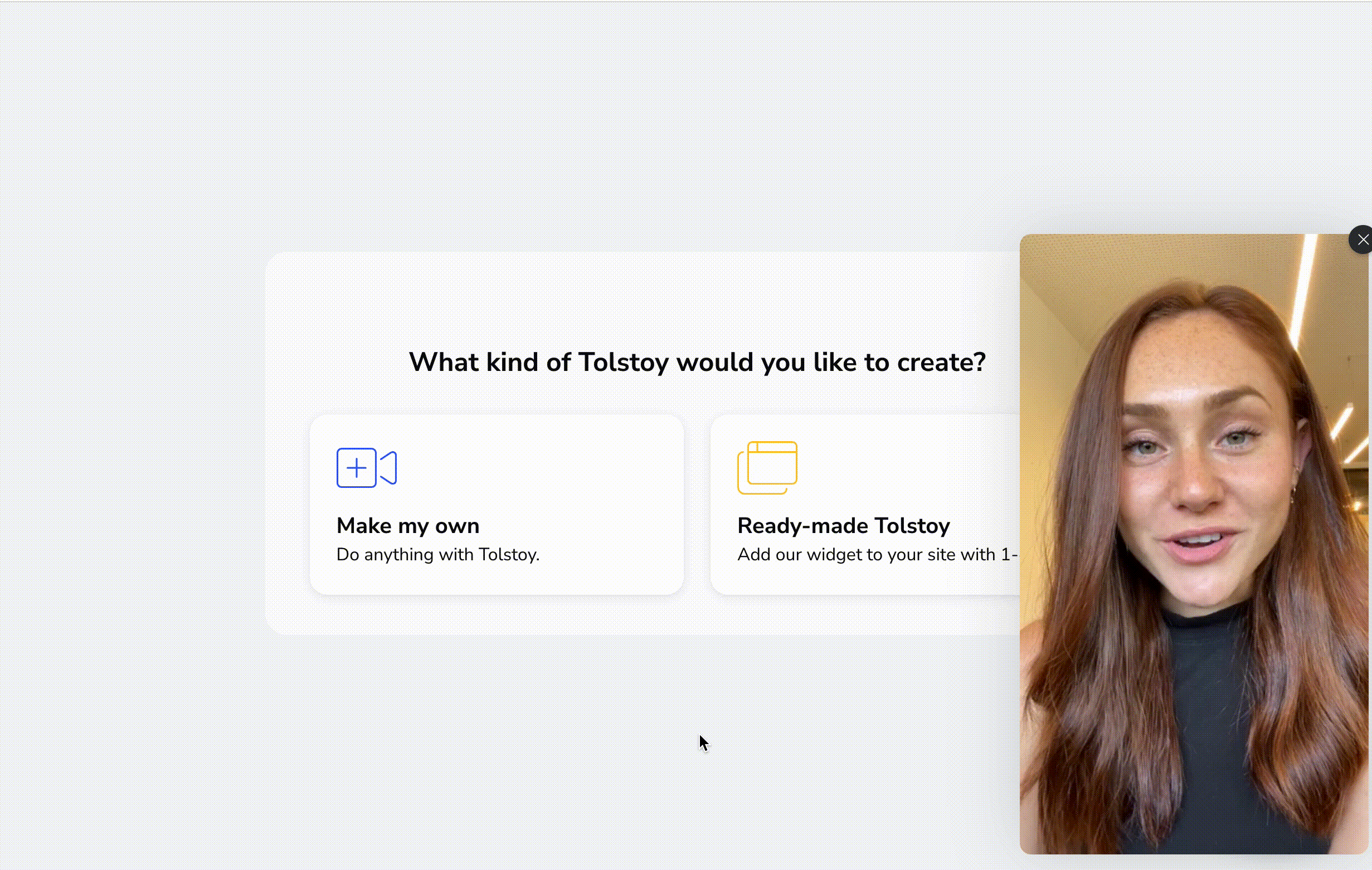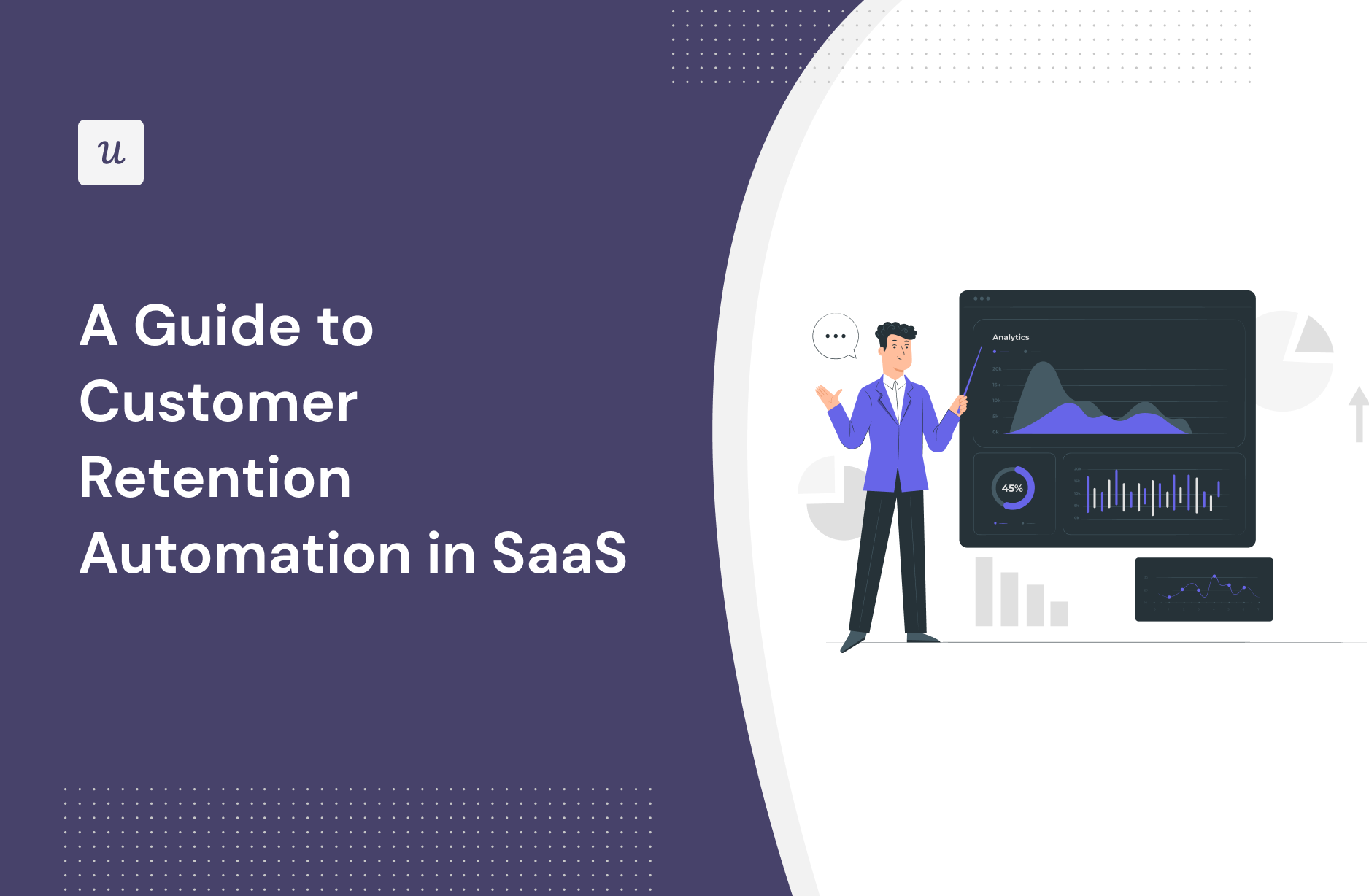
Ready to double down on customer retention automation? This insightful guide provides all the actionable steps you need. Shortly, you’ll learn:
- Why retention automation should be the focus of every SaaS company.
- 8 Retention automation strategies.
- Metrics to measure the success of your automation efforts.
- Three of the best customer retention software to use.
Try Userpilot Now
See Why 1,000+ Teams Choose Userpilot

Overview of customer retention automation in SaaS
- Customer retention is a company’s ability to keep its existing customers for as long as possible.
- Automated customer retention is creating processes and using specialized software to drive customer stickiness.
Automating customer retention helps to:
- Provide personalized customer experience at scale.
- Increase the number of loyal users.
- Reduce churn among existing customers.
8 automation strategies to win repeat customers for your SaaS:
- Greet new customers with a welcome survey to collect customer data. Ensure your welcome surveys are as clear and to the point as possible.
- Increase customer retention with automated flows. This should be a data-driven process—use the data collected in the previous step.
- Collect customer feedback with automated surveys. Ensure your surveys are delivered at the right time in the user journey. (You can use customer segmentation to make this happen).
- Build an in-app help center to offer on-demand support. When the help center is ready, augment it with different content formats and educational materials so it stays engaging.
- Create interactive product demos to enhance customer experience. Also, embed your video tutorials in your resource center so customers can visit anytime.
- Implement customer loyalty programs. Customers will be excited that you value their patronage and will be more willing to stay committed to your brand.
- Convert trial users into paying customers with in-app prompts.
- Set up a SaaS marketing automation strategy. Keep in mind the user journey stages and customer needs at every critical point. Also, be clear on the goals you want to achieve (e.g., get more referrals, increase activation rates, etc.).
Key metrics to measure the success of your automated customer retention strategy:
- Customer retention rate
- Monthly recurring revenue
- Customer lifetime value
- Best tools for automating customer retention: Userpilot, Mixpanel, Tolstoy. Book a demo with Userpilot to improve your retention automation.
What is customer retention?
Customer retention is a company’s ability to keep existing customers for as long as possible. You have a high retention rate when customers continue renewing their subscriptions or make upgrades to enjoy more of the product.
What is customer retention automation?
Automated customer retention is creating processes and using specialized software to keep customers glued to your product. Retention automation ensures your team doesn’t always have to interact with individual customers to find and address churn risk.
Why you should automate your customer retention efforts
Retention automation saves you resources and ensures customers remain happy. Below are some practical benefits and reasons you should consider automating customer retention.
Provide personalized customer experience at scale
The fastest way to ruin customer relationships is to treat all your users like they’re the same.
Your customers use your product differently based on their specific JTBDs, so they all have different needs. The automation strategies we’ll discuss shortly help to segment users based on different data points to ensure the product experience is tailored to their needs. Personalized experiences help customers hit their goals easily, which motivates them to continue with your platform.
Increase the number of loyal customers
Customer loyalty and retention lead to increased MRR and higher customer lifetime value. They’re also more cost-effective than customer acquisition.
You’ll get a handful of loyal customers if your product is good and there aren’t any viable alternatives. But why settle for less when you can have more? Companies that take intentional steps to create the right environment for customer happiness naturally have higher numbers of loyal customers.
Reduce churn among existing customers
You can predict at-risk customers and take necessary actions before they churn. With the right retention automation strategies, you’ll find churn patterns and proactively provide solutions to keep customers from canceling their subscriptions. Proactive churn reduction can be anything from providing contextual guidance to giving personalized discounts.
Customer retention strategies for an automated process in SaaS
Ready to start automating your SaaS customer retention? Follow the strategies outlined below.
Greet new customers with a welcome survey to collect customer data
Your welcome screen is a good way to reduce customer anxiety and welcome them properly into your product. But that’s just one of the benefits. The major upside of welcome screens is creating quick surveys to capture customer data and personalize their experience.
Ensure your welcome surveys are as clear and to the point as possible. If you can’t help them being lengthy, add a gamification element—like a progress bar—to keep users motivated.
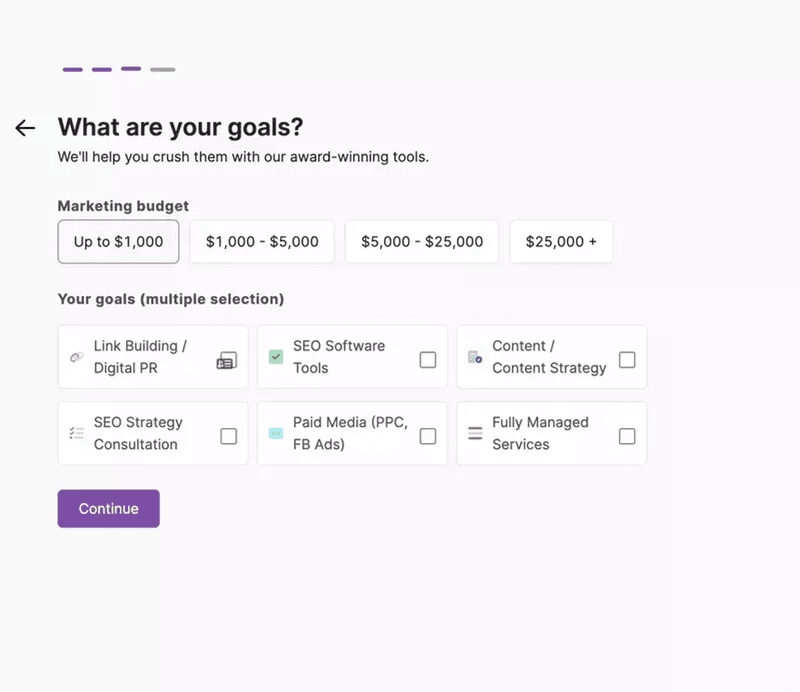
Increase customer retention with automated flows
The customer data collected from the previous step is more or less useless if you don’t act on it. So, use your newfound insight to create automated onboarding flows personalized to each customer group and increase your activation rates.
Collect customer feedback with automated surveys
Having automated customer feedback systems ensures you don’t miss out on user insights that could enhance retention when acted upon.
Examples of automated surveys you can send include onboarding surveys, CES surveys, NPS, passive surveys, and exit surveys.
Employ customer segmentation to ensure these surveys are triggered contextually. For example, with proper segmentation, you won’t be sending feature usage surveys to customers yet to engage with the feature in question.
This is easy when you use the right tool. SaaS companies like yours use our software to segment customers and trigger the right survey per user activity.
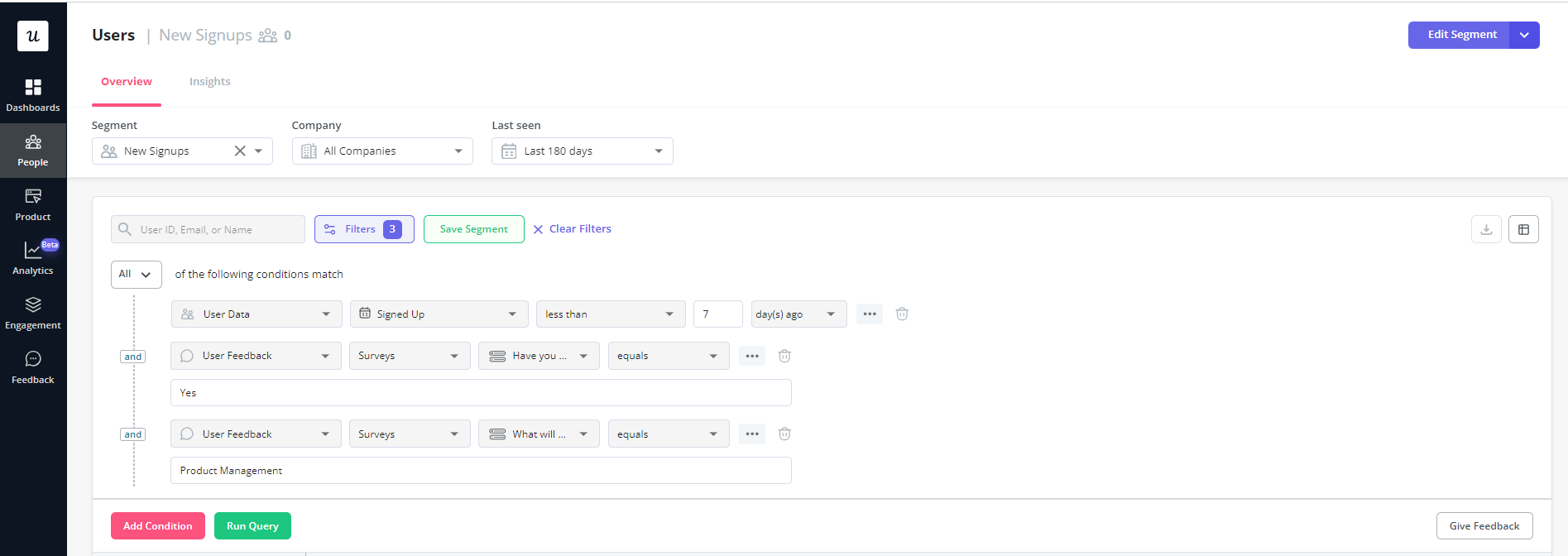
Build an in-app help center to offer on-demand support
What do customers do when they run into issues while using a SaaS product? First, they try to resolve it on their own. Then contact support when it proves difficult.
Your support tickets will incredibly reduced when you have an in-app help center that educates customers and shows them how to use your tool correctly.
Customer satisfaction will also increase because who wants to contact support when they can solve problems themselves?
Remember to augment your help center with different content formats and educational materials so it stays engaging. Think of a combo of video tutorials, infographics, help docs, a chatbot, etc.
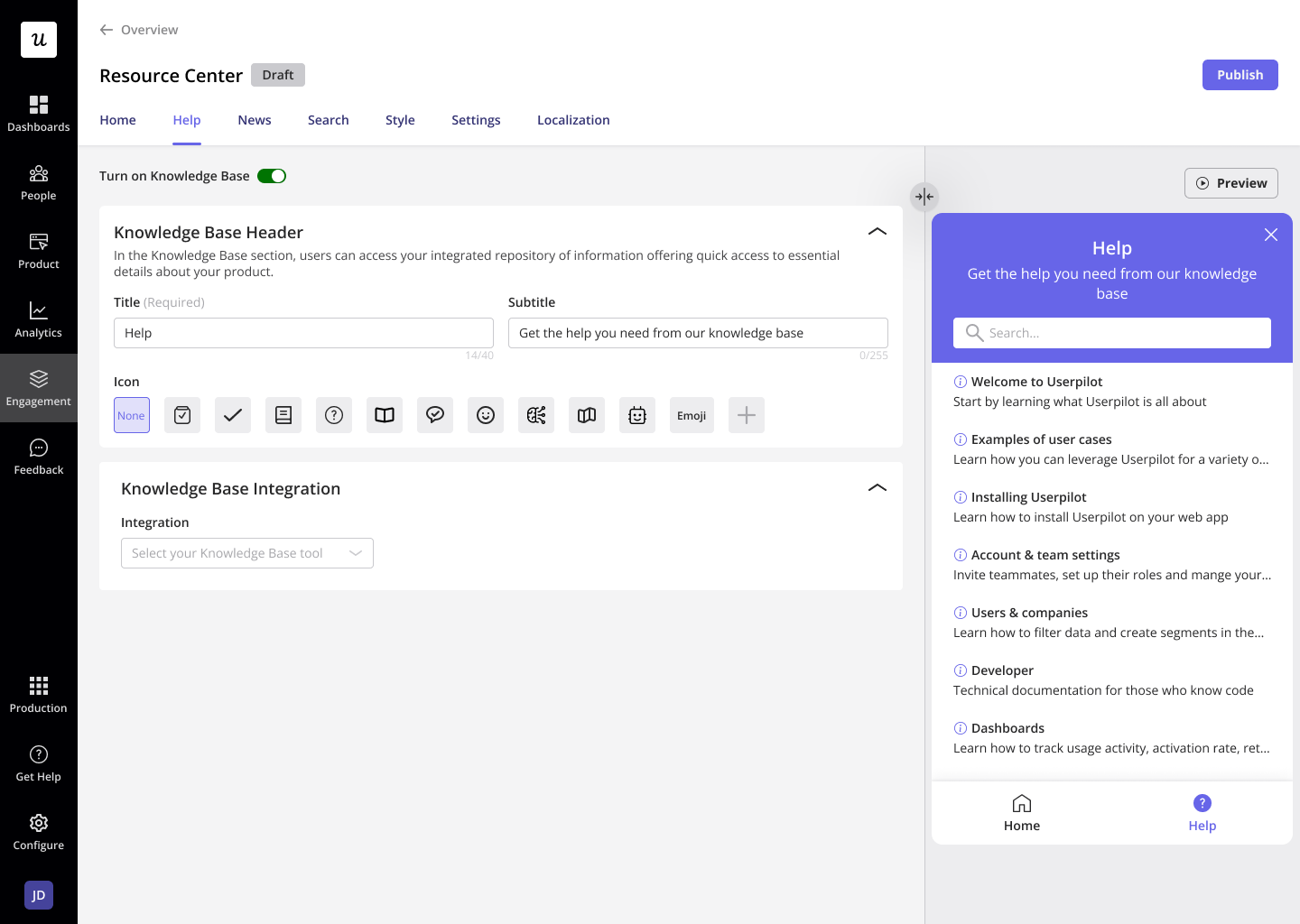
Create interactive product demos to enhance customer experience
Interactive product demos help users explore the product at their own pace. It contains vital information on your features and how customers can use them to solve problems.
Seeing all these showcased in a demo helps customers move smoothly through the different journey stages.
In addition to contextual displays, also embed your video tutorials in your resource center so customers can visit anytime they want.
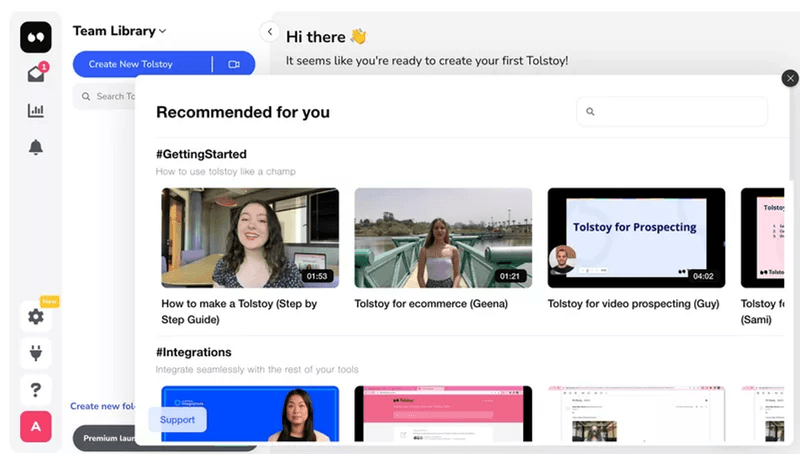
Implement customer loyalty programs to foster positive customer relationships
A customer loyalty program is a clever way to drive repeat purchases and boost your revenue. Customers will be excited that you value their patronage and will be more willing to stay with your brand.
Also, keep in mind that it’s not just about the reward; your timing and framing matter. It’s just like giving appreciation gifts to a friend. The thoughtfulness and how you communicate the gift will have more impact on them than the actual present.
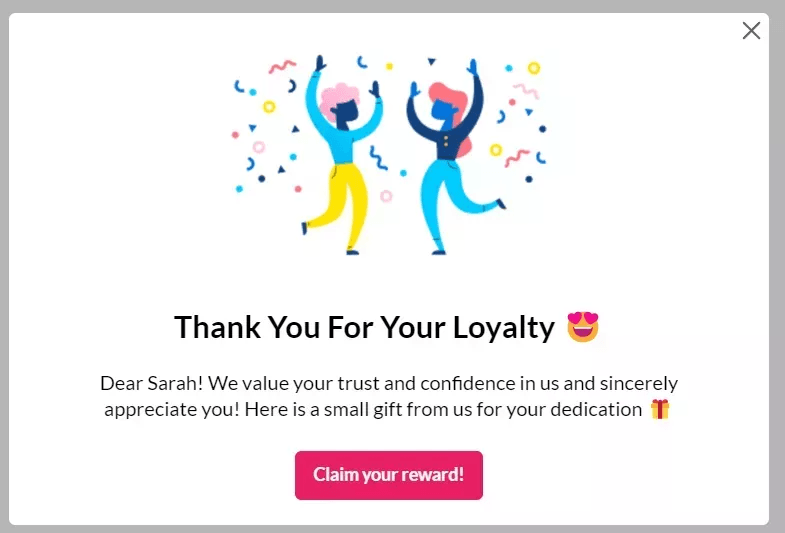
Convert trial users into paying customers with in-app prompts
Upselling is a basic expansion strategy that refers to selling more features to existing users.
Two reasons this strategy increases retention:
- By upgrading to higher plans, customers derive more value from the product and have no reason to switch to competitors.
- Sunk cost: considering how much they’ve invested into your product, customers will prefer sticking with you. These customers will also actively participate in feedback surveys to tell you how you can make the product better for them.
So how do you automate this process?
First, determine the upsell opportunities in your product. For example, a common one for trial users is when they’re approaching the end of the trial period or want to exceed a free usage limit.
There are many other upsell opportunities. Identify all of them and set tooltips or modals to prompt users.
Example: Asana showcases what users will get with their premium subscription. Notice that the prompt is contextual and placed where users can’t miss it.
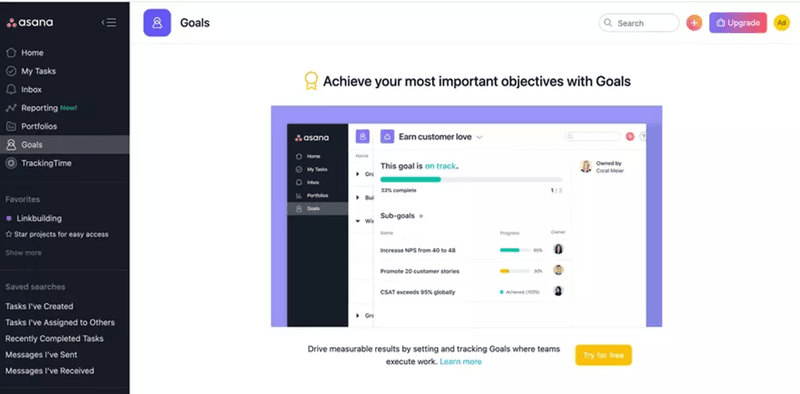
Set up a SaaS marketing automation strategy
Marketing automation is the process of automating repetitive tasks to eliminate human error and deliver improved customer experiences.
Marketing automation can be anything from automating confirmation emails when users subscribe to triggering automated exit surveys when users want to cancel. With the right tool, your automation efforts will save you time and help you retain more customers.
Steps to building your marketing automation strategy:
- Map out the user journey stages.
- Determine tasks that should be automated at each stage.
- Set your automation goals (e.g., get more referrals, increase activation rates, etc.).
- Use the right tool.
- Track your results and continue improving.
Key metrics to measure the success of your automated customer retention efforts
How do you know if your retention efforts are working?
Check the numbers. Simple.
The most important customer retention KPIs to track include the retention rate, MRR, and customer lifetime value. By regularly tracking these metrics, you can look back weeks or months down the line to see if your customer retention automation is working. It also enables you to try new hypotheses.
The metrics and how to calculate them:
Customer retention rate
The customer retention rate measures the percentage of existing customers your company retains over specific periods.
To find your retention rate, deduct the number of newly acquired customers from the number of customers you had at the end of the period.
Divide it by the number of customers you had at the beginning, and multiply the result by 100 to get the percentage.
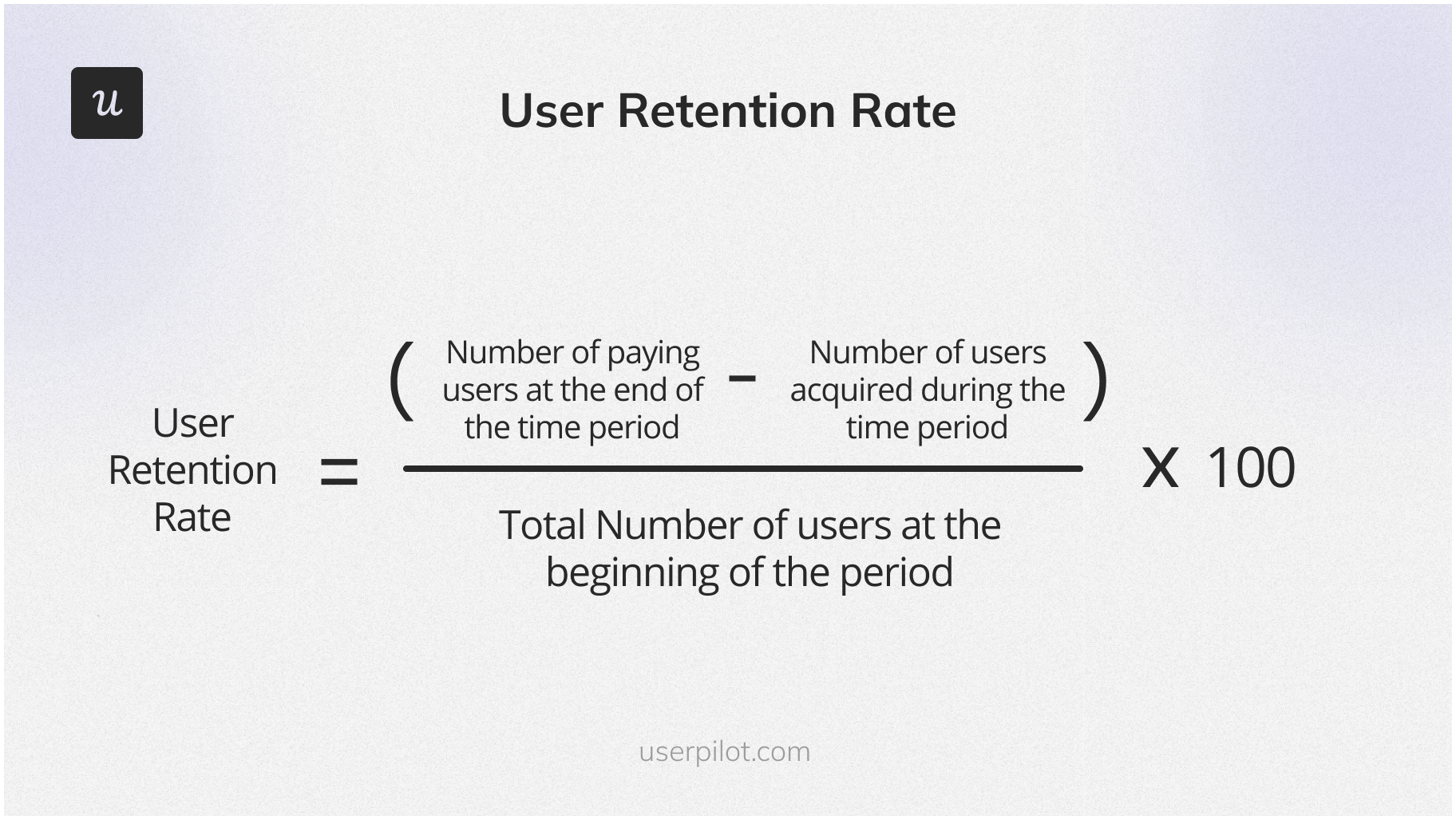
Imagine you had 1500 customers in January 2022. By December 2022, you had lost 200 customers but gained 450. In other words, you ended the year with 1750 customers.
Your retention rate =1750-450/1500 X 100 = 1300/1500 X 100 = 0.87 X 100 = 87%
You can calculate your retention rate for whatever period you want (weekly, monthly, quarterly, etc.).
Monthly recurring revenue
The monthly recurring revenue (MRR) is your company’s total revenue from paying accounts in a month.
Unlike the previous metric, MRR shows how retention affects the bottom line. This is important because it reflects changes resulting from account upgrades or downgrades, which you can’t see if you merely measured your retention rate.
MRR is calculated by multiplying the average revenue per account by the number of accounts you have for that month.
If your average revenue per account is $2500 and you have 40 active accounts, your MRR is $100,000 ($2,500 X 40).
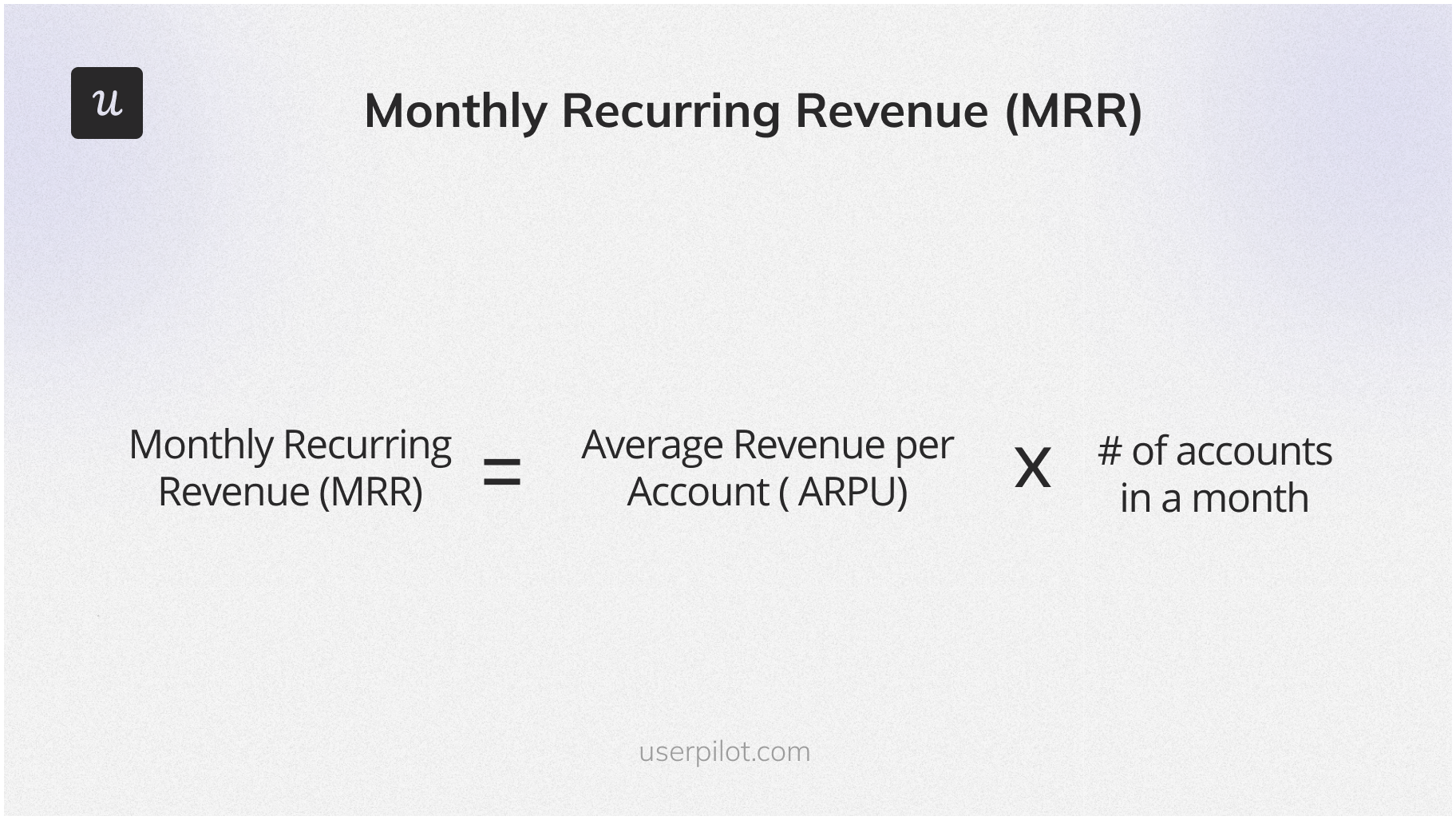
Customer lifetime value
CLV is a dollar amount that tells you how much a customer is worth to your business over the course of using your product.
A customer’s lifetime value depends on two things: 1) duration of use and 2) the pricing plan the customer sticks to.
As you’d expect, these factors vary greatly, so only estimates can be made. To calculate your CLV, divide your average revenue per account by your customer churn rate.
Let’s return to the example used to calculate MRR above. If your churn rate is 3% and your ARPA is $2500, your CLV is $83,333 (2500/8%). All things equal, you should expect to generate that from your customer in a little under three years.
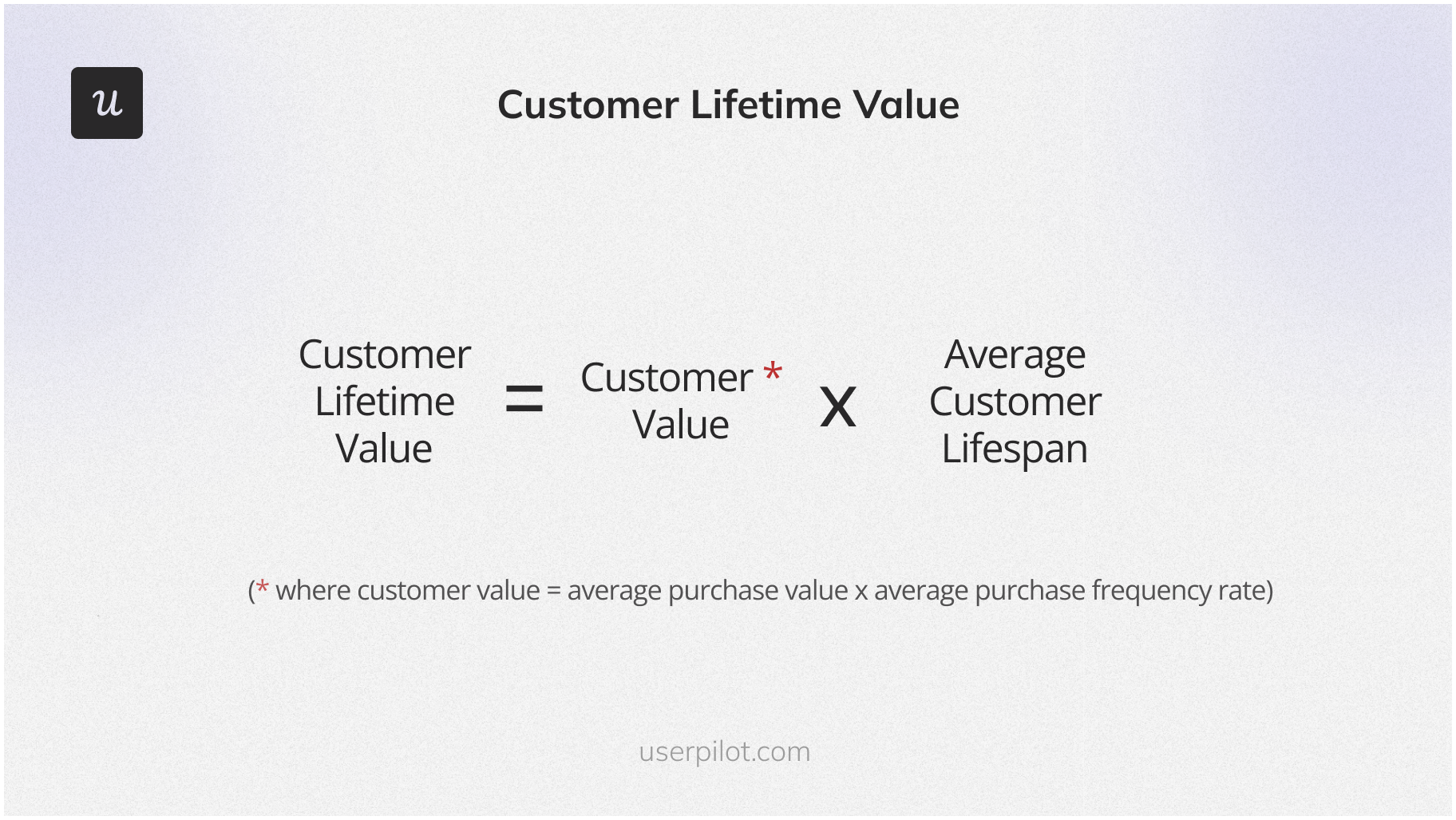
Customer retention automation tools
The best-automated customer retention platform will make your job easier. Below are three of the best and how they can help you.
Userpilot
Userpilot is a no-code customer success platform that enables you to create personalized user experiences.
Our software provides you with UI patterns like tooltips, modals, banners, etc., for building contextual flows that educate and prompt users to action.
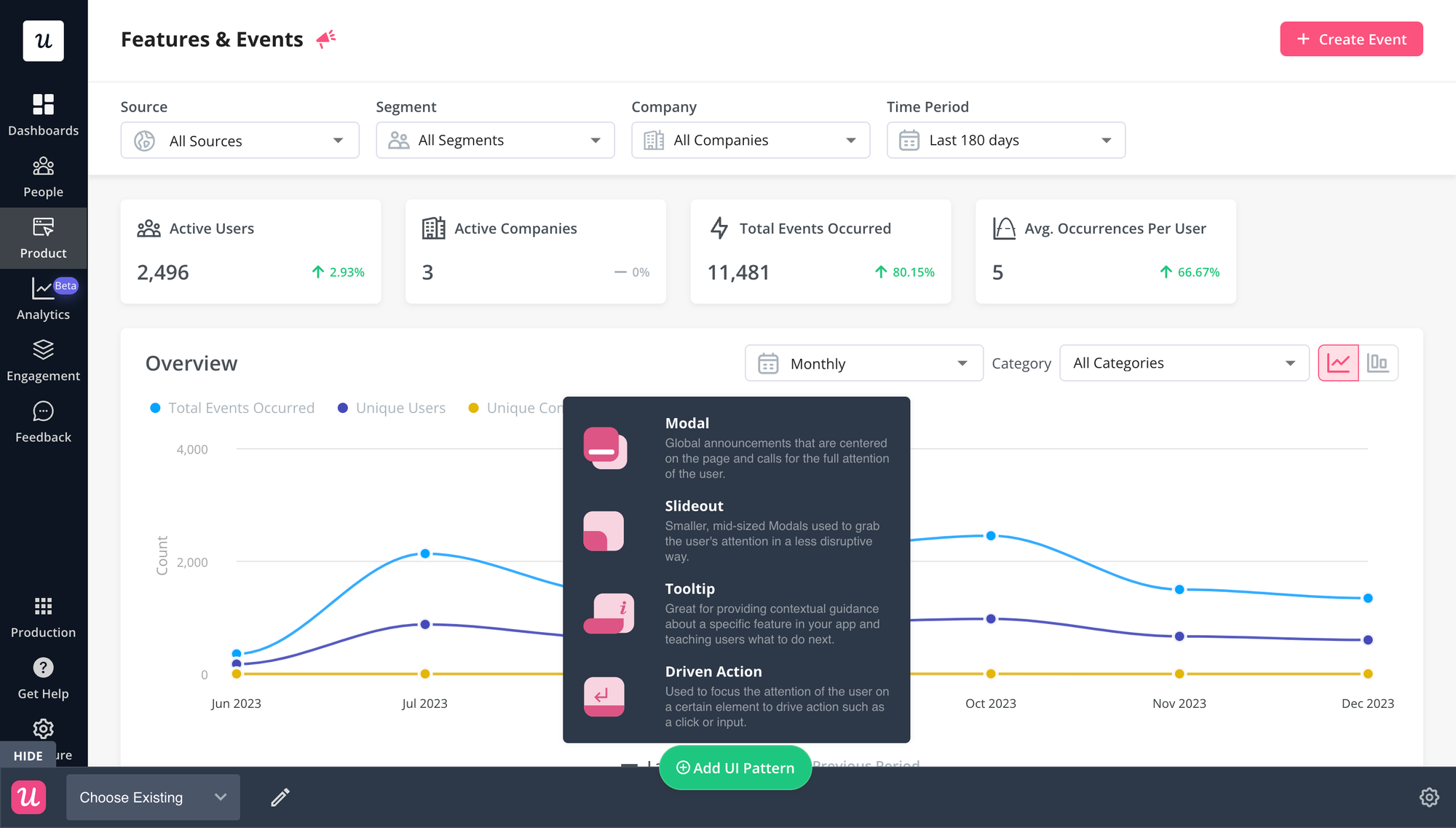
After a while of setup, you can dig into product usage data to gather insights on user behavior.
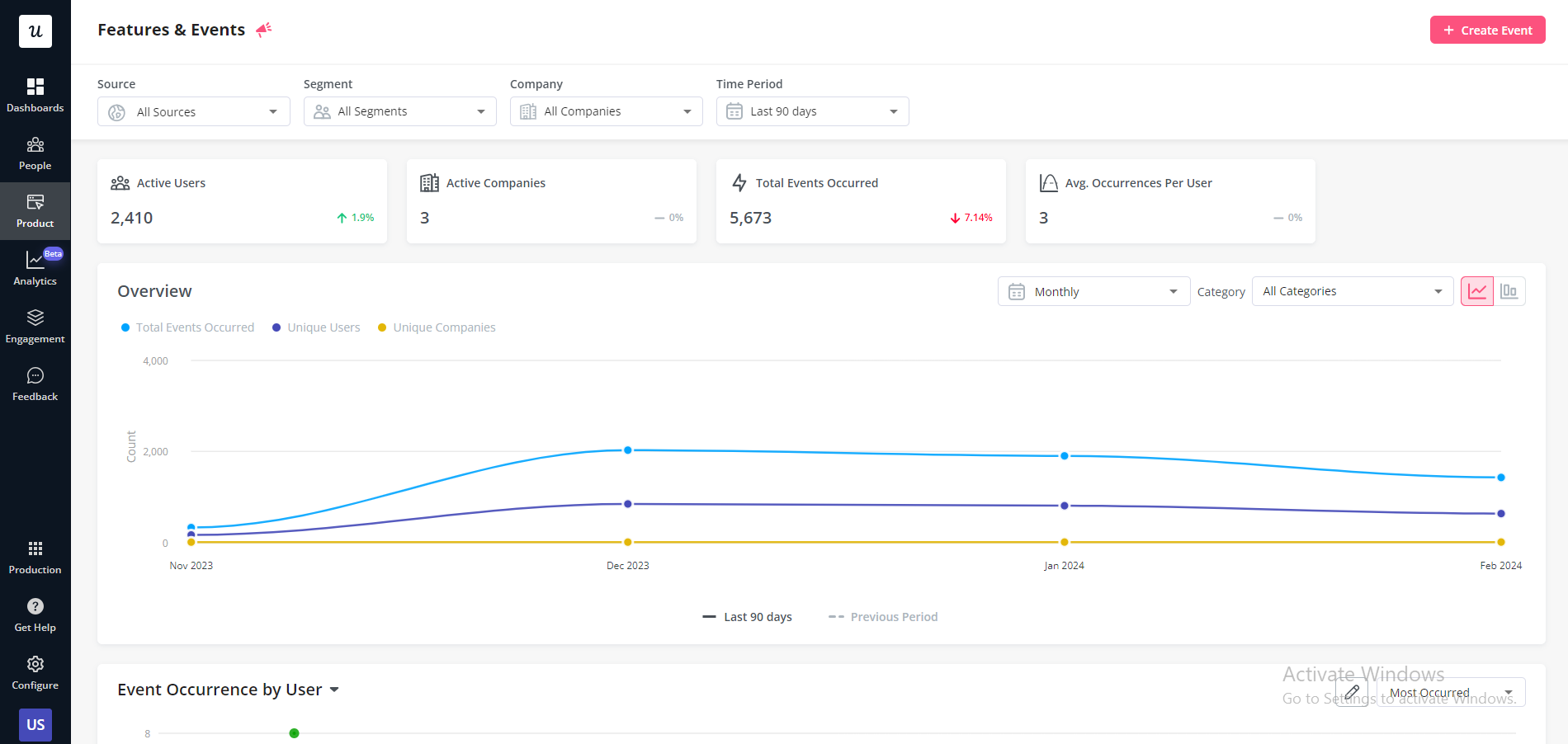
You can also visualize different metrics with Userpilot’s analytics dashboards dedicated to activation, retention, product usage, and core feature engagement.
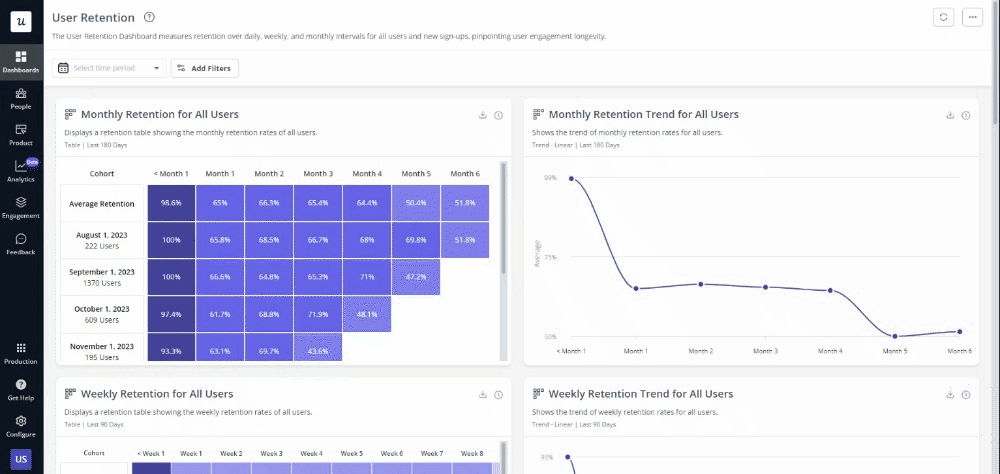
Dig deeper into customer retention with cohorts to identify underperforming features and improve customer retention.
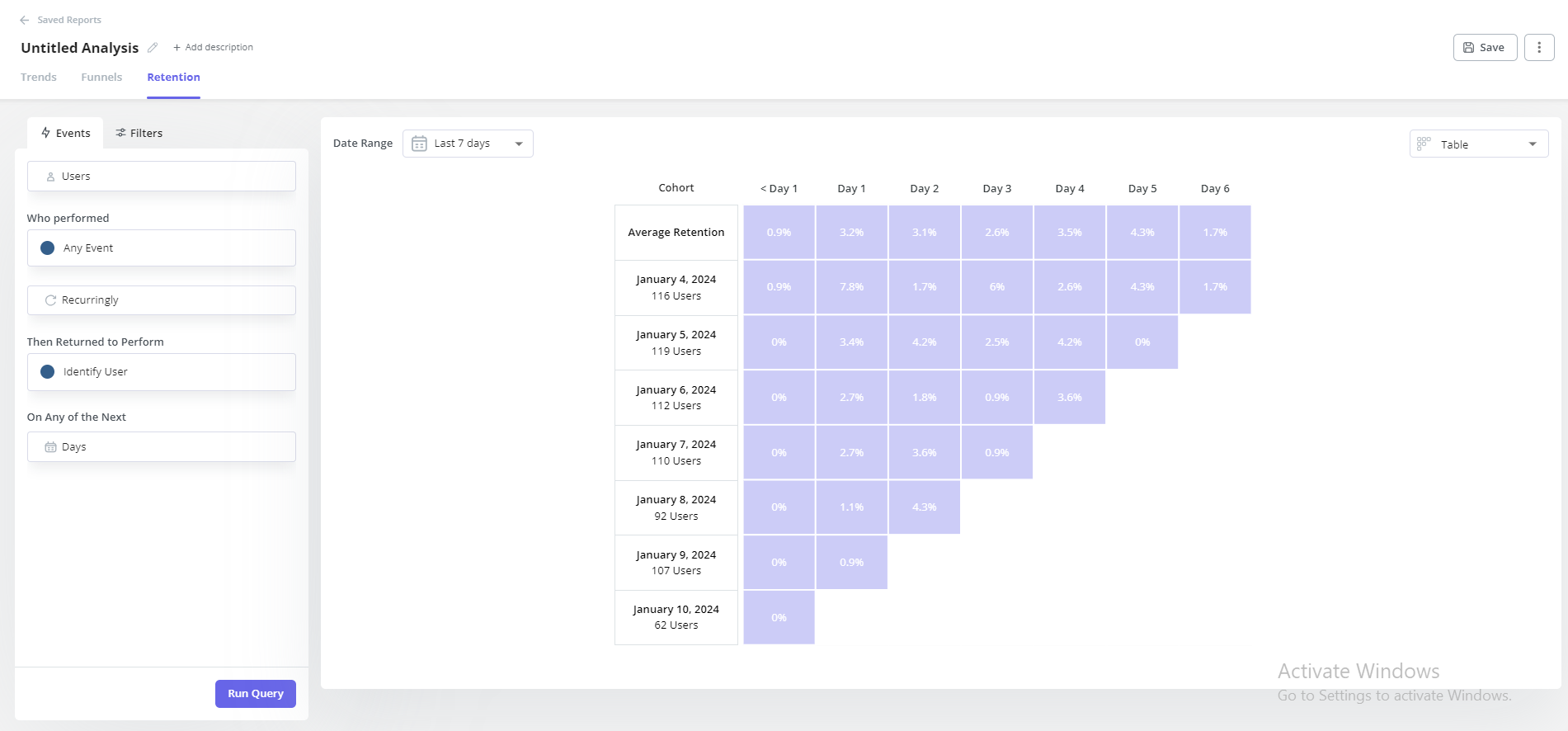
And if you want to hear from the horse’s mouth, Userpilot also allows you to create different kinds of in-app surveys such as CSAT, NPS, welcome surveys, etc.
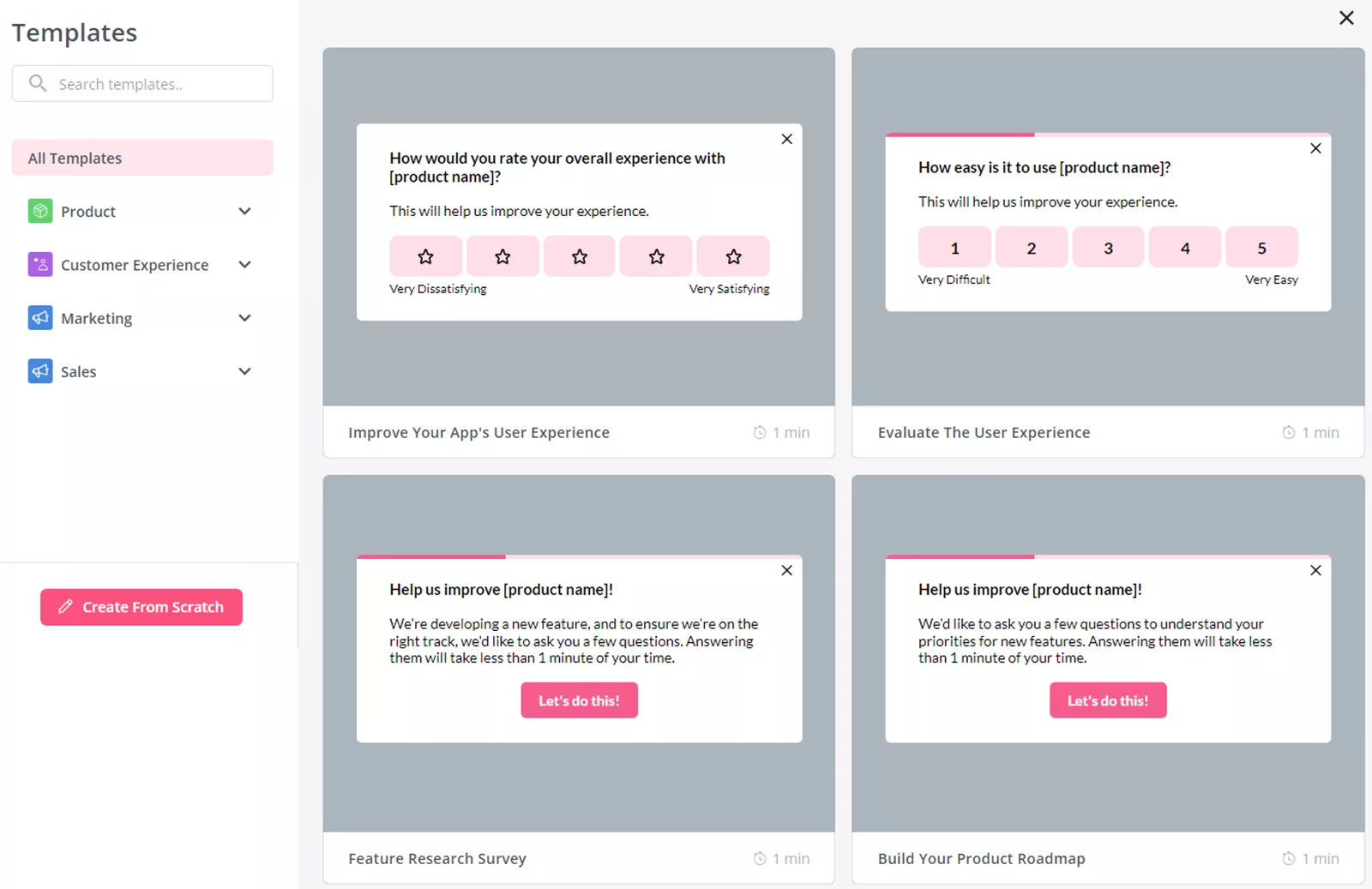
Of course, the data on its own doesn’t help much. Use our platform to enrich your insights: create customer segments to study patterns.
This segmentation feature is also useful for creating personalized in-app experiences.
Mixpanel
Mixpanel provides in-depth website and product analytics. The platform also has a feature for segmenting customers and analyzing what’s working for a segment and what’s not.
The best part is this product seamlessly integrates with Userpilot. You can use it to dig into your analytics and use Userpilot to create in-app experiences based on the insights generated.
Mixpanel’s dashboard.
Tolstoy
Tolstoy is a good choice if you need an app to build interactive product demos and video tutorials.
The platform was built specifically for video communication, so it has unique features that will interest you:
- Video chatbot.
- Welcome video bubbles. This means your welcome survey can include an actual human in the background. Such human interaction will increase your response rates for sure.
- Interactive video onboarding.
Tolstoy’s video onboarding.
Conclusion
And that’s a wrap!
Customer retention is an ongoing process, and there’s no single recipe for success. You’ll have to implement different strategies, measure your results regularly, and make performance-based changes.
The best time to start customer retention automation was when you got your first customer. The second best time is now! Book a demo with our team and see how Userpilot can help you stop losing customers and revenue.


